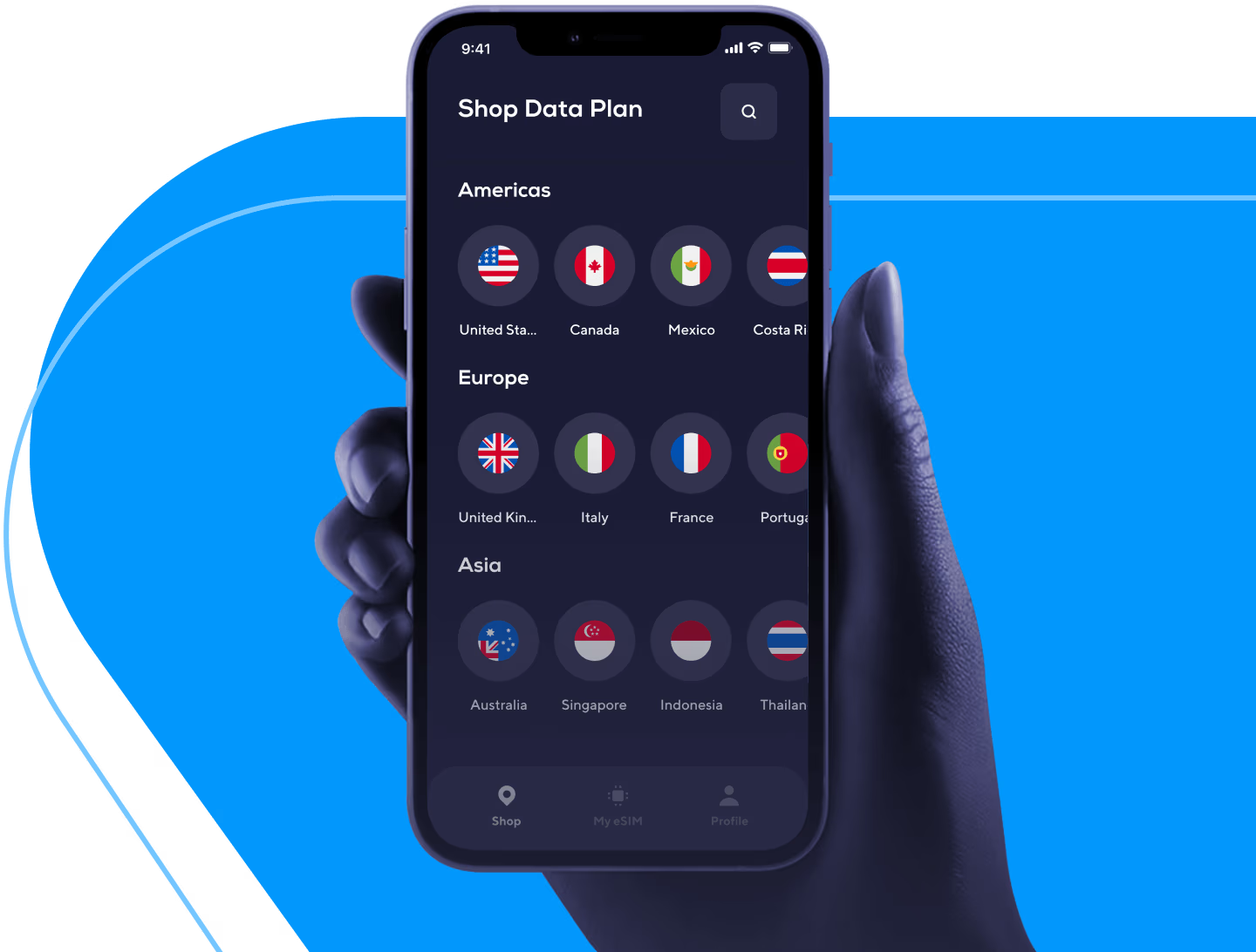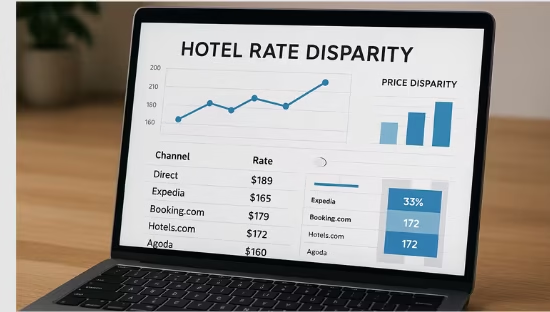
Winning the Roamer Back: A 2025 Playbook for Forward-Thinking Telcos
If you ask most mobile operators today what keeps them awake at night, it’s not network coverage or churn in the home market—it’s the roaming business that used to be a quiet cash cow and is now under full-scale disruption. roaming strategy for telcos
Think about it. For years, roaming revenues were an unshakable pillar of telco balance sheets. Business travelers paid without blinking, holidaymakers swallowed the bill later, and operators enjoyed one of the healthiest margins in telecom. Fast forward to 2025, and the game has flipped. eSIMs, digital-first players, and travel-tech upstarts have carved out a huge slice of the market. A backpacker in Bali can download a €5 local data plan in seconds, while a corporate traveler in Singapore activates a multi-country eSIM before boarding.
So, here’s the reality check: traditional telcos no longer own the roaming customer. But they can win them back—if they play it smart.
This isn’t about tinkering with tariffs. It’s about mindset, execution, and being willing to rethink what a roaming product actually is. Below, I’m laying out a playbook for telcos that want to get serious about re-engaging the global traveler in 2025.
Step 1: Accept That the Old Days Aren’t Coming Back
This is the hardest part for many operators. There’s a temptation to believe that the market will “normalize”—that customers will eventually return to using their home SIM abroad, maybe out of habit. But the truth is, the market has normalized: roaming is now fragmented, price-transparent, and customer-driven.
Telcos who cling to the past risk becoming irrelevant. Instead, the first step is a cultural reset. Accept that roaming is no longer a monopoly; it’s a battleground.
Step 2: Rethink Roaming as a Travel Product
Too often, roaming is still treated as a billing extension—an add-on hidden somewhere deep in the operator’s app. But here’s the thing: for travelers, connectivity is not just about data. It’s about peace of mind, reliability, and integration with the broader travel journey.
Imagine a telco that positions roaming alongside airport lounges, insurance, and ride-hailing partnerships. Think packages that include:
- A few gigabytes of data,
- Airport Wi-Fi access,
- Discounts with travel booking platforms,
- A free Uber ride from the airport.
Suddenly, you’re not just selling data—you’re selling a smoother trip. That’s how you stand out in a crowded eSIM marketplace.
Step 3: Double Down on eSIM, Don’t Fight It
Yes, eSIMs have been the thorn in telcos’ side. But they’re also the ticket to staying in the game. In 2025, physical SIM-only roaming offers look like relics.
Instead of fighting the eSIM trend, operators should lead with it. Launch an app where a customer can buy a roaming eSIM before departure—ideally with a slick UX that rivals Airalo or Nomad. Why let the disruptors be the default?
Even better: bundle eSIM activation into the operator’s existing customer app, so users don’t feel like they need to download a third-party service. Make it instant, make it simple, and make it affordable.
Step 4: Price With Transparency (and Creativity)
One of the biggest reasons travelers abandoned telcos is sticker shock. Nobody wants to come home to a €200 bill for two weeks in Spain. By contrast, travel eSIM providers have mastered the art of upfront, transparent pricing.
Telcos need to match this. Think flat daily passes, unlimited social media bundles, or pay-as-you-go country packs. Even better, lean into flexibility. Offer “global credits” that can be spent across any region, so a customer isn’t punished for crossing borders.
The future isn’t just about being cheaper—it’s about being predictable.
Step 5: Play the Loyalty Card
Here’s a massive advantage telcos still hold: customer trust and loyalty. Millions of subscribers still keep their main SIM for years. That’s a foundation Airalo and co. would kill for.
Why not reward that loyalty with roaming perks? For example:
- “Platinum” customers get 1GB free abroad each month.
- Long-time subscribers receive discounted roaming passes.
- Families can pool roaming data across lines.
If your subscribers feel valued, they’ll think twice before shopping elsewhere.
Step 6: Partner Smarter, Not Harder
No telco can go it alone anymore. The winning play is partnerships—both inside and outside telecom.
Work with airlines to bundle roaming into flight bookings. Team up with fintechs like Revolut or Wise to offer data with travel cards. Collaborate with hotel groups or OTAs to integrate roaming into booking confirmations.
Every traveler touches multiple digital points before and during a trip. Telcos should be present in that ecosystem, not hiding behind an SMS that says, “Welcome to Italy. Roaming charges apply.”
Step 7: Target the Business Roamer Differently
Business travel is roaring back in 2025, and corporate roamers are a different breed. They want reliability, predictability, and billing that finance teams won’t frown at.
Telcos can shine here by offering enterprise-grade roaming packages:
- Multi-country plans for frequent flyers,
- Centralized billing dashboards for companies,
- 24/7 support in multiple languages.
This is a segment where trust and service matter more than shaving off €2. Positioning roaming as a premium, worry-free solution for business travelers can carve out a defensible niche.
Step 8: Market Like a Challenger
Here’s a harsh truth: many telcos are terrible at marketing roaming. The language is dry, the offers are buried, and the call-to-action is uninspiring.
Contrast that with the disruptors—punchy social media ads, influencer partnerships, and seamless UX. If telcos want to compete, they need to shake off the corporate cobwebs and start talking to travelers in their language.
Make the message simple: “Stay connected, stress-free, anywhere you go.” Build stories around travelers, not tariffs.
Step 9: Invest in Real-Time Transparency
A major pain point is not knowing how much data is left. That’s a recipe for anxiety abroad. Operators can fix this easily:
- Push real-time usage notifications,
- Show clear dashboards in the app,
- Offer one-click top-ups.
If customers feel in control, they’ll feel comfortable using roaming again. Transparency is not just a feature—it’s reassurance.
Step 10: Think Beyond Connectivity
Finally, the boldest telcos will move beyond connectivity entirely. Connectivity is the entry point, but the real value is in becoming a travel companion.
That could mean:
- Curated city guides in the app,
- Integration with translation tools,
- Digital concierge services,
- Travel insurance add-ons.
It’s about reframing the telco’s role: not just providing data, but enabling smoother, safer, more enjoyable travel.
Closing Thoughts
Winning the roamer back in 2025 is not about undercutting every digital eSIM shop on price. It’s about using the assets telcos already have—scale, trust, customer relationships—and layering on the kind of creativity and customer-first thinking that disruptors brought to the table.
The market won’t wait. Travelers are already choosing their go-to connectivity partner before they leave home. The question is: will they choose a nimble eSIM startup, or will they rediscover their old operator—reborn as a genuine travel ally?
The telcos who get this right won’t just salvage roaming revenues. They’ll build deeper customer relationships, unlock new travel-adjacent revenues, and prove that incumbents can still lead in the age of disruption.
The playbook is open. The roamer is waiting. Now it’s up to telcos to step onto the field.
- AIRHUB
-
eSIM for
Europe
34 countries
-
1 GB – 7 days – €2.99
3 GB – 30 days – €5.12
10 GB – 30 days – €11-09
- aloSIM
-
eSIM for
Europe
32 countries
-
1 GB – 7 days – €5.00
3 GB – 30 days – €13.00
10 GB – 30 days- €36.00
- GigSky
-
eSIM for
Europe
36 countries
-
1 GB – 7 days – €6.99
3 GB – 15 days – €11.19
10 GB – 30 days – €27.99
- iRoamly
-
eSIM for
Europe
39 countries
-
1 GB – 7 day – €6.83
3 GB – 15 days – €10.24
10 GB – 30 days – €18.77
- Maya Mobile
-
eSIM for
Europe
34 countries
-
1 GB – 7 days – –
5 GB – 15 days – €5.99
10 GB – 30 days- €13.99
- UBIGI
-
eSIM for
Europe
29 countries
-
500 MB – 1 day – €2.00
3 GB – 30 days – €8.00
10 GB – 30 days – €19.00
- VOIA
-
eSIM for
Europe
34 countries
-
1 GB – 7 days – €2.69
3 GB – 15 days – €5.05
10 GB – 30 days- €11.70
The Best eSIM Finder brings together 100+ providers in one place, giving you a clear view of everything from data limits and business options to tethering, crypto payments, coverage, travel extras, refund policies, discounts, and reviews—so you don’t just compare plans, you understand which one truly fits your needs. Start exploring today and find the plan that fits you best.



















